Correct planting of pears as a guarantee of high yields
Sooner or later, all the owners of summer cottages begin to be interested in the answer to the question of how to plant a pear correctly. The seductive appearance of its juicy aromatic fruits whet the appetite, and their delicate taste leaves no one indifferent. With the right approach, one tree will feed several generations. To grow and bear fruit on the site, bringing up to 100 kg of harvest, a pear is capable of a whole century. You won't have to spend a lot of energy on the formation of its pyramidal crown: nature itself has created it practically not prone to thickening. And the first fruits from its branches can be removed already at the 5th year of the tree's life.
Varieties and types of crops are diverse. There are tall and undersized pears, common and columnar, early and late maturing. Lipotika, Tonkovotka, Lada, Carmen, Daughter of Blankova, Noyabrskaya, Bergamot, Chizhovskaya - each of its varieties is unique, in some way differing favorably from other varieties, and in some losing to them. At the same time, you need to plant and care for them in almost the same way. The popularity of the pear is high, but with all its many advantages, it does not tolerate windy and frosty winters. It grows best in the climate of the middle zone, although certain varieties of the crop can successfully bear fruit even in Siberia.
Site requirements
Planting pears requires a thorough approach. It starts with choosing a suitable place. The tree reacts badly to transplantation, being sick for a long time. It is highly likely that a young pear will never take root after it, so it is best to place it immediately on a permanent site. It must meet a number of requirements:
- be flat and dry;
- from morning to evening it is well lit by the sun;
- do not be blown by cold winds and drafts.
The tree will bear fruit abundantly only if it has enough warmth and light. They are also necessary for the ripening of pears. If the air temperature does not drop below + 15 ° C, in summer varieties (Lada, Annushka, Chizhovskaya), the fruits become ripe in about 90 days. It will be possible to enjoy juicy autumn pears (Decanka, Zabava) in 90-100 days. With winter varieties of culture (Dekabrinka, Extravaganza), you will have to be patient. From the formation of ovaries to the full ripening of their fruits, at least 110-115 days will pass. These terms are relative and in fact highly dependent on weather conditions. Pears of the same variety, grown in the middle lane and in Siberia, will ripen at different times.
With excessive moisture, the roots of the tree quickly rot. Therefore, areas where the distance between the surface of the earth and groundwater is less than 3 m are not suitable for growing pears. The culture prefers fertile soils with a small admixture of clay, loose, freely passing air and water to its root system. But even on nutrient-rich lands, feeding is a must. In heavy, dense, waterlogged soil, both ordinary and columnar pears grow poorly. If there are buildings on the site, it is better to place the tree away from their walls. The optimal distance will be 3-3.5 m.
Boarding time
Before planting a pear, it is important to decide on the timing of the procedure. It is carried out in the fall or spring. Here you need to focus on the features of the local climate. In the south, autumn planting is more often practiced, after which the young tree does not suffer from the heat and is easier to take root in a new place. In regions with severe winters - in the Urals, in Siberia - it is better not to risk it and carry out the procedure in the spring.Then, by the onset of cold weather, the seedling will have time to take root well and will suffer less from frost.
The weather conditions in the middle lane provide summer residents with a difficult choice. If a tree is placed on the site in spring, in mid-April, then it will have enough time to get stronger for winter. This reduces the risk of freezing young pears. But the fall planting also has its advantages. The main one is an increase in the winter hardiness of the tree, which can be seen as early as next year. You should not postpone the procedure for a long time, it is better to carry it out in the first half of October. When placed in the ground at a later date, even in favorable conditions for it in the middle lane, Lada simply will not take root.
Advice
It is better to buy seedlings in the fall, when nurseries offer a wide variety of varieties and types of pears. At other times, their range is poorer. Young trees with a closed root system are not allowed to be planted immediately, but if their placement on the site is planned in spring, they will need to be dug in for the winter.
Pit preparation
In such a responsible matter as planting a pear, there are no trifles. In order for a stately beauty - Lada or Chizhovskaya - to grow actively and quickly begin to bear fruit, it is important to perform each stage of the procedure correctly. Pits for planting trees are prepared in advance. In the middle lane, it is better to do this in the fall. Then a natural disinfection of the soil will occur: the insect pests and pathogens in it will not withstand the frost and will die.
A pit for a pear is dug out large so that the roots of a young tree are spacious in it. When landing, they should not bend or break. On average, the depth of the pit is 1 m, and the distance between its walls is 80-90 cm. If the tree has a powerful root system with long lateral processes, it will have to be made more spacious. The bottom of the pit is carefully loosened, and its walls are covered with notches to improve air exchange.
Already at the stage of planting, the pear needs feeding. Then both Lada and Chizhovskaya will develop faster and bear fruit abundantly. The soil is enriched with organic and mineral compounds. 3-5 buckets of compost or humus are poured into the bottom of the pit.
The excavated soil is mixed with the following components:
- sand (2 buckets);
- superphosphate (1 glass);
- potassium sulfate (4 tbsp. l.);
- dry mineral fertilizer for berry crops (2 tbsp. l.).
The pit is filled with the resulting substrate. Then dolomite flour is added to the soil, having previously dissolved 3 glasses of the substance in 10 liters of water. Completing the preparation of the pit with abundant watering. At least 1.5 weeks should elapse between these procedures and the planting of the pear. During this time, the soil will settle. If you cannot withstand such a pause, the mineral fertilizers introduced into the soil will not have time to dissolve. Contact with harsh chemicals will burn the roots. As a result, the tree will be sick all year long and may even die. The day before planting a pear, the pit is watered with a solution of a drug that stimulates root growth.
Planting material processing
The seedling is prepared for placement in the ground. It is carefully examined, removing non-viable branches - dry, damaged, sick. If Lada seedlings were purchased with a closed root system, they should not be cleaned of soil. They are placed in a pit along with an earthen lump. In this case, the tree should be bare: if a pear is planted in the middle lane in the spring, the buds are still sleeping on it, and if in the fall, the leaves have already flown.
If its roots are open, they are placed in a mixture of soil and ash, taken in equal amounts and diluted with water until a thick creamy state. This substance should tightly cover all underground shoots. It will help the roots to reliably adhere to the soil. Young trees, which are already 2 years old, take root well in a new place. But if the pear is columnar, it is worth choosing seedlings not older than 1 year.They will tolerate the change in growing conditions less painfully.
Experienced summer residents are advised to plant 2-3 different varieties of culture on the site at once. This approach allows them to improve their pollination, so the nearby Lada and Chizhovskaya will bear fruit more abundantly. Tall trees require a lot of space. A distance of at least 5-6 m is left between them. The columnar pear is more compact, and it is better to place it in rows. So that the planting does not suffer from a lack of light and air, and their feeding and pruning are easier, adhere to the following scheme. The distance between dwarf trees is made equal to 0.5 m, and between the rows - 1-1.5 m.
Landing rules
At the bottom of the prepared pit, a fertile substrate is poured with a slide. From the advice of professionals on how to plant a pear correctly, it follows that both Lada and Chizhovskaya need support in the first year of life in a new place. Without it, the tree trunk begins to deform. Therefore, it is better to immediately install a wooden stake in the center of the pit. The distance between the surface of the soil and its top should be 0.5 m.
Advice
It is better to drive a stake from the south side, then in the hot summer, which is characteristic of the middle lane, the tree will not overheat, and in early spring its leaves will not suffer from sunburn.
Having lowered the seedling on a mound, carefully spread its roots, laying them in a fan. Then the pit is covered with soil. It is recommended to do this gradually, periodically slightly shaking the pear, holding it by the trunk. So you can not be afraid that voids will remain between the roots of the tree. You need to plant it without deepening the root collar. It should rise above the ground. The correct distance between it and the soil is 5-7 cm.
The earth near the trunk is compacted, then the seedling is watered abundantly and tied to a support. The fixation should be reliable, but here it is important not to overdo it and not to overtighten the tree. Lada, Chizhovskaya or columnar - whatever variety is chosen, the pear planting ends with soil mulching. Dry leaves, small straw, sawdust, humus or peat are suitable for him.
Pear Care Basics
Growing pears is quite troublesome. The correct fit is only the first step. You will have to take care of the tree constantly, then with the arrival of heat, Chizhovskaya will not only dissolve the leaves, but also bear fruit. For this she needs:
- watering;
- top dressing;
- loosening the soil;
- weeding;
- crown formation.
Waterlogging of the soil for a pear is just as harmful as drying it out. In the regions of the middle zone, summer is often dry, in such weather it is watered regularly, but not too abundantly. The appearance of the tree will tell about the lack of moisture: its growth begins to slow down, and the leaves turn yellow. It is especially harmful in spring, when ovaries are formed in the pear. The tree can drop them. If the buds on the seedling bloom slowly or show no signs of life at all, it should be sheltered from the scorching rays of the sun, and sprinkle the young leaves with water several times a day until the tree looks healthier.
The soil under the pear is periodically loosened. It is recommended to do this after each hydration. Loosening improves air exchange, contributing to the intensive development of the roots of the tree, and stops the growth of weeds. They should not be near the plantings, otherwise the leaves on the pear may suffer from an aphid invasion.
Pest control
You can not be afraid of pests and diseases if you carry out preventive spraying of trees in April. The first insecticide treatment is done at the beginning of the month. Determining the right time for her is not difficult: if the buds on the pear began to bloom, it has come. The second spraying is carried out already at the budding stage.
During the growing season, the trees are carefully examined.If the leaves on them curl, become covered with cobwebs, turn black, these are signs of damage by pests: a leaf roll, a pear pipe-worm, a pear leaf gall midge. They fight them with the help of special drugs. The affected leaves are removed and burned.
A very dangerous pear disease is a bacterial burn. In just 3 months, it can destroy a tree that took 3 years to grow. On the territory of the middle zone and Siberia, it appeared not so long ago, but it spreads quickly. It is easy to recognize the disease: the leaves on the pear turn completely black and curl, but remain on the branches. Necrosis of the bark occurs, shoots die off. The flowers turn brown and wither. If the tree was infected at the beginning of the growing season, it will not bear fruit: the infection will quickly attack the ovaries. Some varieties of crops are resistant to this disease, such as Lada.
Fertilizing and pruning
If the pear was planted taking into account all the recommendations, additional tree feeding will not be required in the first year. The culture reacts sharply to the lack of nutrients. In a pear, resistance to diseases and frost is rapidly decreasing, its growth slows down, it weakens and bears poor fruit. Therefore, further feeding is carried out every year.
Fertilizers are best applied during watering. 2-3 buckets of humus are spent on a young tree, to which mineral compounds containing potassium, phosphorus, iron, nitrogen are added. Top dressing of an adult pear will require more fertilizer - 4-5 buckets. Trees respond well to urea addition, saltpeter, copper sulfate.
In the spring-summer period, plantings are fed three times:
- at the stage of bud appearance;
- during flowering;
- while the ovaries are forming.
The last feeding is carried out towards the end of the year - in November. Compost mixed with superphosphate, wood ash, dolomite flour, rock salt and potassium sulfate is poured into the trunk circle. They will help the plantings survive the winter painlessly. It is especially important to provide trees with a supply of nutrients before the onset of cold weather in Siberia.
When growing a pear, the formation of its crown is mandatory. Regular pruning is also needed for the Chizhovskaya variety, so that the tree is healthy, looks attractive, and its fruits do not shrink. It is carried out in the spring, removing old, dry, frost-damaged, broken off shoots growing inside the crown and giving the pear a symmetrical shape.
Pruning begins after planting. If a 2-year-old tree was chosen for her, 4 skeletal shoots are left on it. The distance from one to the other should be the same, and the angle between them and the trunk should be 45 °. The remaining branches are shortened by ¼ of the length. If the tree is annual, then after placing it in the ground, pruning is carried out so that its height is 0.5 m.
A slender pear, planting and caring for which will require certain knowledge, will become the real queen of the suburban area of the middle lane. Its fruits are a storehouse of vitamins and a godsend for allergy sufferers. They can be eaten fresh, as well as dried, dried, pickled, cooked from them compotes, jams, jam, cooked puree for babies or candied fruit, closed for the winter in their own juice.
But it will be possible to enjoy the juicy fruits removed from its branches only if the rules of its cultivation are strictly observed. Pear is a capricious culture. It is worth allowing the slightest violation of agricultural technology, and the tree will punish the careless owner with a meager harvest, or even its complete absence.
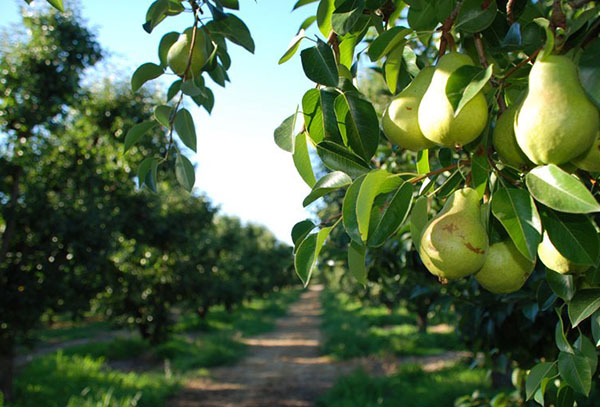
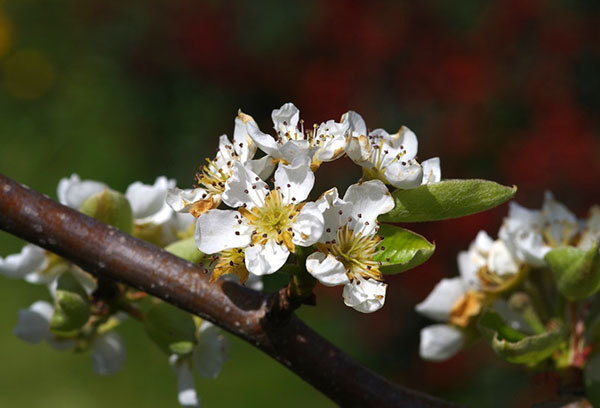

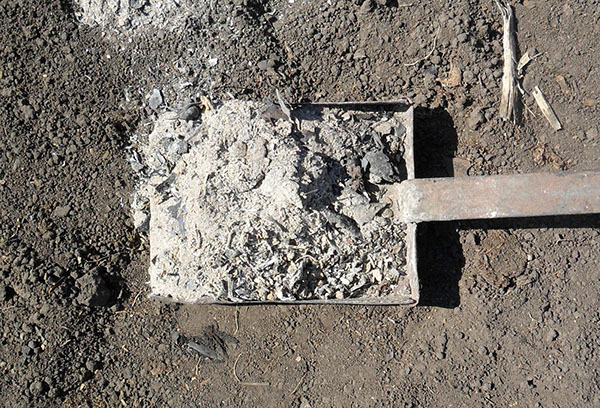
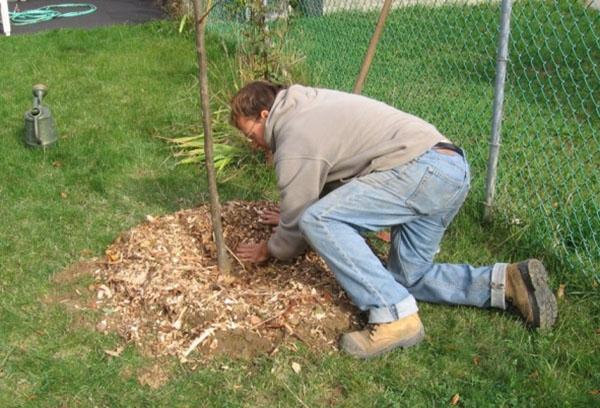
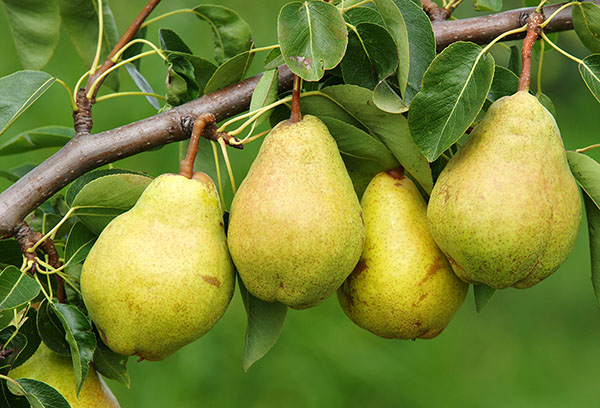
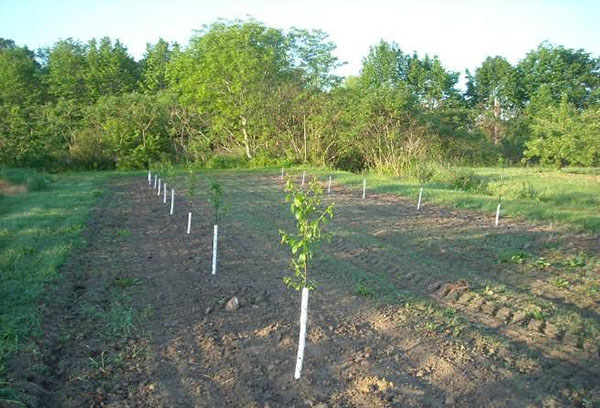
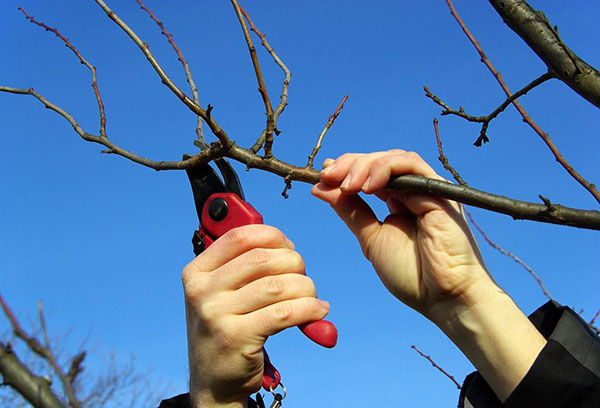
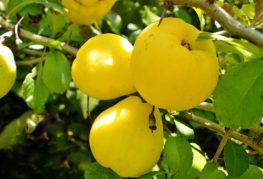

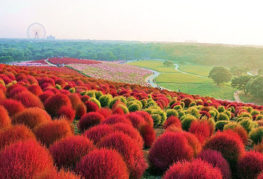
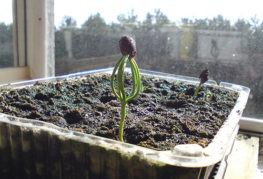
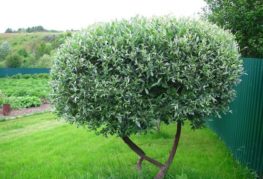

and will be published shortly.